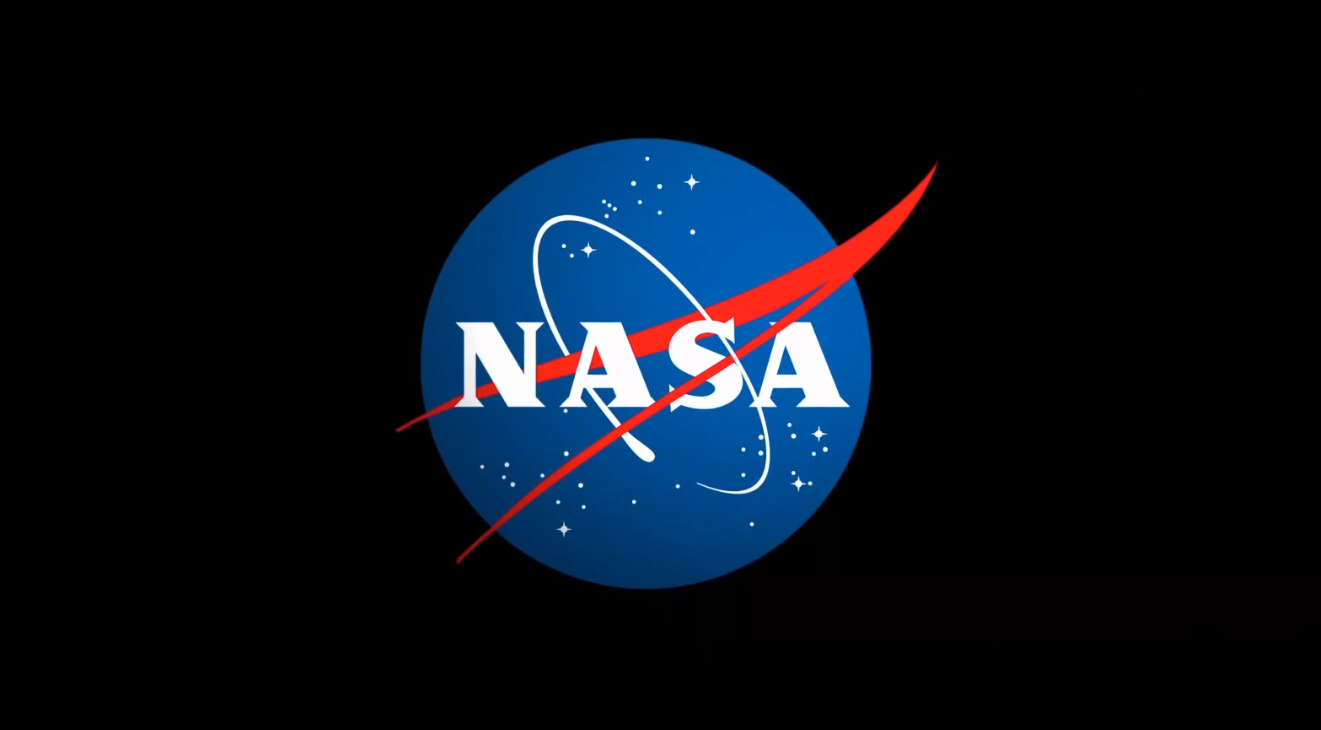Scientists from Rosetta’s OSIRIS team have discovered an unusual formation of boulders in the Aker region on the large lobe of Comet 67P/Churyumov-Gerasimenko. At first glance they are reminiscent of so-called "balancing rocks" on Earth. Of the three boulders, the largest (labelled with a ‘3’) has a diameter of approximately 30 metres. In an image taken on 16 September 2014 (below), it stands out as having only a very small contact area with the comet’s surface. It also seems to be perched on the rim of a small depression. “We had noticed this formation already in earlier images, however, at first the boulders did not seem to differ substantially from others we had seen,” says OSIRIS scientist Sebastien Besse from ESA, who first noticed the formation. Similar geological formations are also found on Earth. Balancing rocks touch the underlying ground with only a tiny fraction of their surface and often look as if they may tilt or topple over any moment. Some can actually be rocked back and forth and are then referred to as “rocking stones.” Many of these boulders are so-called “erratics” that travelled to their current location within glaciers. In other cases, wind and water eroded softer material in the local bedrock, leaving only the more resistant material behind. “How this apparent balancing rock on Comet 67P/C-G was formed is not clear at this point,” says OSIRIS Principal Investigator Holger Sierks from the Max Planck Institute for Solar System Research (MPS) in Germany. One possibility is that transport processes related to cometary activity played a role, causing such boulders to move from their original site and reach a new location. Scattered boulders are seen in many places on the comet’s surface, sometimes in otherwise relatively smooth regions. One of the largest – Cheops – measures approximately 45 […]
from Rosetta - ESA's comet chaser » Rosetta - ESA's comet chaser http://ift.tt/1HnfD9R
via IFTTT
Tools and thoughts!
Subscribe to:
Post Comments (Atom)
NASA Awards Launch Range Contract for Wallops Flight Facility
Credit: NASA NASA has selected ARES Technical Services Corporation of McLean, Virginia, to provide launch range operations support...

-
NASA has exercised the second option of its Information Technology and Multimedia Services (ITAMS) contract with DB Consulting Group, Inc., ...
-
4 min read NASA X-ray Telescopes Reveal the “Bones” of a Ghostly Cosmic Hand Credit: X-ray: NASA/CXC/Stanford Univ./R. Romani e...

No comments:
Post a Comment